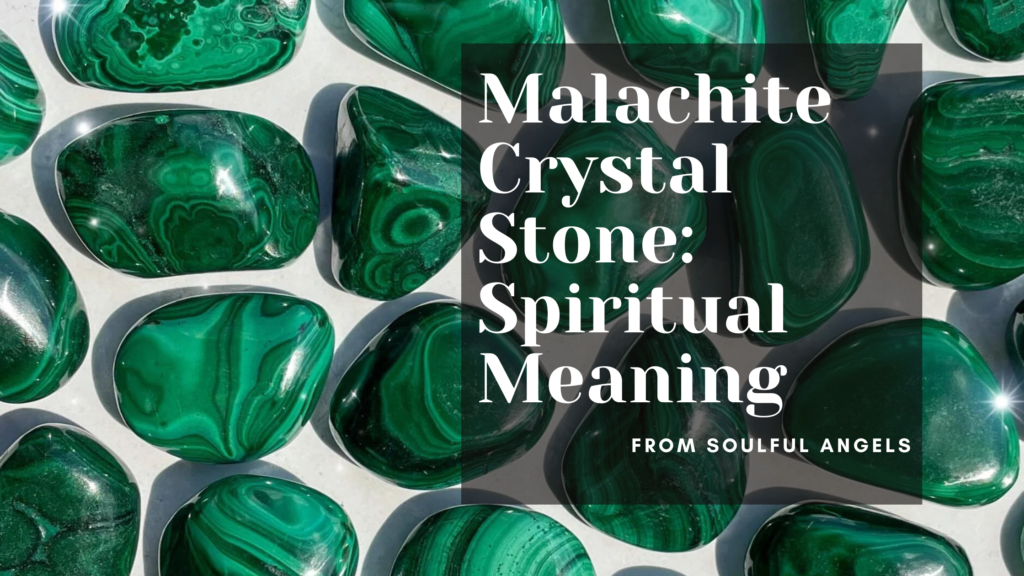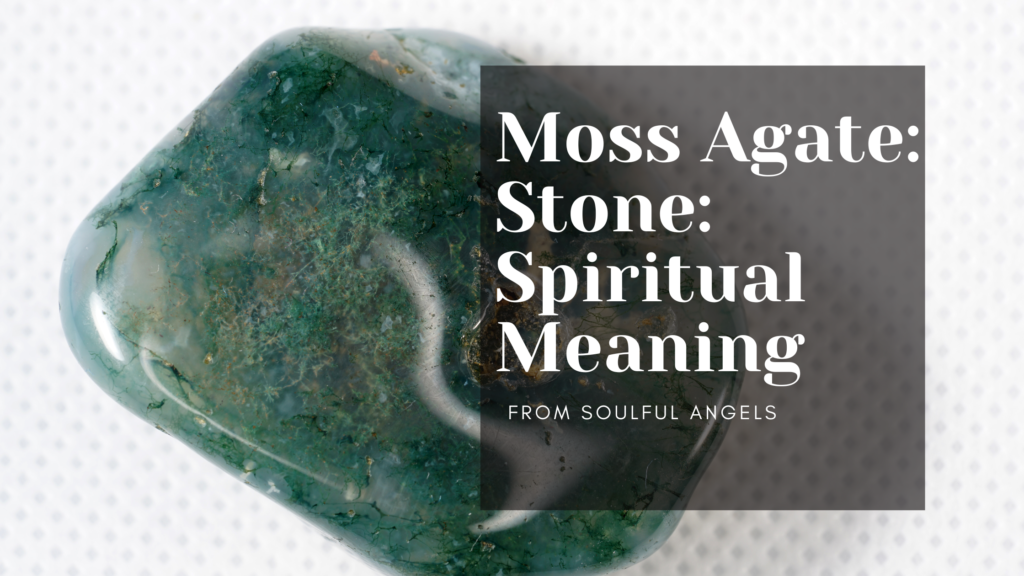Lapis Lazuli, a captivating and deeply celestial blue gemstone, has fascinated humanity for millennia. Its rich history is interwoven with legends, cultural significance, and a myriad of healing properties. In this article, we will explore the captivating world of Lapis Lazuli, its origins, historical significance, and its role as a symbol of wisdom and empowerment.
The Origin & History of Lapis Lazuli
Lapis Lazuli, often referred to as simply “Lapis,” is a metamorphic rock known for its stunning deep blue color, occasionally accented by golden flecks. Its name is derived from the Latin “lapis,” meaning “stone,” and the Persian “lazhuward,” which translates to “blue.” This gemstone is primarily composed of minerals such as Lazurite, Sodalite, Calcite, and Pyrite, resulting in its distinctive appearance.
The history of Lapis Lazuli stretches back to ancient times, where it was highly prized for its exquisite color and its role in creating valuable ultramarine dye. This gemstone was used in diverse cultures and held a variety of meanings and purposes throughout history.
Lapis Lazuli in Ancient Egypt
Ancient Egypt revered Lapis Lazuli as a symbol of protection and divine wisdom. It was used to create amulets, scarabs, and various jewelry items. Moreover, Lapis Lazuli was believed to counteract malevolent forces and was associated with spiritual transformation. Its deep blue color provided a stark contrast to the arid desert landscapes of Egypt, and the golden pyrite flecks within the stone were seen as stars in the night sky, symbolizing a connection to the heavens. Priests and royalty in Egypt often dyed their garments with Lapis Lazuli to indicate their divine status.
The golden sarcophagus of King Tutankhamen was adorned with Lapis Lazuli, and it was widely used in burial ornaments of Egyptian royalty. It was also ground into a powder for various applications, such as dyes, eye shadow, and medicinal elixirs.
Lapis Lazuli Around the World
Lapis Lazuli’s influence extended far beyond Egypt. In Persia and pre-Columbian America, it was regarded as a representation of the starry night sky and a talisman against the evil eye. In Greece and Rome, Lapis Lazuli was a popular ornamental stone, while in medieval Europe, it was believed to counteract dark forces and attract the favor of benevolent spirits.
The gemstone’s rich blue color was used by the renowned painter Michelangelo to create the famous ultramarine pigment. Buddhists valued Lapis Lazuli as a stone for inner peace and freedom from negative thoughts, and it was used to decorate Catherine the Great’s palace.
Lapis Lazuli Healing Properties
Lapis Lazuli possesses a range of healing properties that have been revered throughout history. It is said to release stress, induce deep peace, and empower individuals to embrace self-awareness. This gemstone encourages self-expression, reveals inner truths, and fosters qualities such as honesty, compassion, and morality. It stimulates objectivity, clarity, and creativity.
Lapis Lazuli also plays a role in boosting the immune system, purifying the blood, and lowering blood pressure. It has cooling and soothing properties that alleviate inflammation, insomnia, vertigo, and depression. This gemstone benefits the respiratory and nervous systems, as well as the throat, vocal cords, thyroid, and various organs.
Lapis Lazuli in Ancient Times
Throughout history, Lapis Lazuli held a prominent place in the ancient world. It was used for amulets, scarab seals, signets, and cylinder seals in ancient Egypt and Assyria. In Assyrian texts, it was one of the seven gemstones placed in an ornament worn on the breast of the king as a protective amulet. The power of Lapis Lazuli was believed to extend to the gods themselves.
Myths and Legends Surrounding Lapis Lazuli
Lapis Lazuli’s association with mythical and spiritual elements is prevalent in various cultures. In Sumerian mythology, the goddess Inanna, a precursor to Aphrodite and Venus, journeyed into the underworld carrying Lapis Lazuli rods to measure time and the length of a person’s life. It was believed that crystals were the flesh of the gods, and that they, too, were made of crystal.
One intriguing legend suggests that King Solomon was gifted a special Lapis Lazuli ring by an angel, which granted him the power to control legions of demons, which he used in the construction of his temple.
Ancient Egyptians held the belief that the soul resided in the mind and was housed in the brain. Lapis Lazuli was used to purge the soul of demonic possession. This process involved grinding the stone, mixing it with gold, creating a poultice, and placing it on the crown of the head. As the mixture dried, it was believed to draw out demons. In severe cases, a small hole was drilled in the skull, and the mixture was poured into the head.
Lapis Lazuli as a Birthstone
Lapis Lazuli is associated with several zodiac signs, with Sagittarius being the primary sign linked to this stone. Sagittarians, who are often known for their honesty and independence, can benefit from Lapis Lazuli’s empowering properties. Taurus, Libra, and Virgo are also aligned with Lapis Lazuli, making it a versatile gemstone with its deep blue hues and introspective qualities.
Using Lapis Lazuli
Lapis Lazuli can be incorporated into your life in various ways:
- Pairing it with a mantra: You can use a mantra like “I take the lead in my own life” while meditating with Lapis Lazuli to amplify its empowering energy.
- Journaling with it: Write down goals and intentions while holding Lapis Lazuli in your hand, allowing its energy to guide you toward self-empowerment.
- Wearing it as jewelry: Lapis Lazuli can be worn as a necklace, serving as a reminder to speak your truth and take control of your life.
- Incorporating it into a crystal grid or altar: Create a crystal grid or altar with Lapis Lazuli to harness its empowering and healing properties for various intentions.
- Placing it in your bedroom: Keep Lapis Lazuli in your bedroom to tap into your inner power and experience potentially transformative dreams.
Pairing Lapis Lazuli with Other Crystals
Lapis Lazuli can be paired with other crystals to enhance its effects. Some suitable companions include:
- Pyrite, for prosperity
- Amethyst, for boosting intuition
- Sodalite, for third-eye activation
- Labradorite, for mystical vibes
- Lepidolite, for inner peace
- Fluorite, for clarity
- Blue lace agate, for throat chakra balance
- Turquoise, for effective communication
- Aquamarine, for soothing the throat chakra
Cleansing and Charging Lapis Lazuli
Cleansing and charging your Lapis Lazuli is essential to maintain its energy. You can cleanse this gemstone with water, as it has a Mohs hardness between 5 and 6, making it safe for brief exposure to water. Common methods for cleansing and charging include sunlight, moonlight, smudging with sage or palo santo, and using other crystals like clear quartz.
Conclution
Although Lapis Lazuli offers numerous benefits, it should be used with caution by people with sensitive skin, as some might develop skin reactions when wearing it as jewelry. Always consult with a knowledgeable practitioner or crystal expert when using any stone for healing purposes.
Know more about spirituality on soulful angels.
Lapis Lazuli, a stone of wisdom, empowerment, and ancient history, has left its mark on civilizations throughout the ages. It continues to be a symbol of inner strength and truth, guiding those who seek wisdom and transformation on their journey through life. As you explore the captivating world of Lapis Lazuli, you can tap into its energy and harness its healing properties to illuminate your path to self-awareness and empowerment.
Also Read:
- Aquamarine Stone Spiritual Meaning
- Lapis Lazuli Stone Spiritual Meaning
- Jade Crystal Stone Spiritual Meaning
- Sunstone Crystal Spiritual Meaning
- Tigers Eye Stone Spiritual Meaning
- Obsidian Stone Spiritual Meaning
- Pyrite Stone Spiritual Meaning
- Bloodstone Spiritual Meaning
- Moss Agate Spiritual Meaning
- Amethyst Crystals Spiritual Meaning
- Koala Symbolism and Spiritual Meaning
- Rose Flower Spiritual Meaning
- Angel Number 222 Meaning
- Angel Number 444 Meaning
- Elephant Symbolism and Spiritual Meaning
- Angel Number 344 Meaning
- Angel Number 737 Meaning
- Angel Number 333 Meaning
- Dreaming About Time Loop
- Angel Number 919 Meaning
- Malachite Stone Spiritual Meaning
- Dreaming About Swimming
- Hyacinth Flowers Spiritual Meaning
- Horse Symbolism and Spiritual Meaning
- Ocean Jasper Stone Spiritual Meaning
- Dreaming About Being a Teacher
- Angel Number 365 Meaning
- Angel Number 777 Meaning
- Blue Colors Spiritual Meaning
Explore these Topics to discover the spiritual meanings behind each of these topics.











